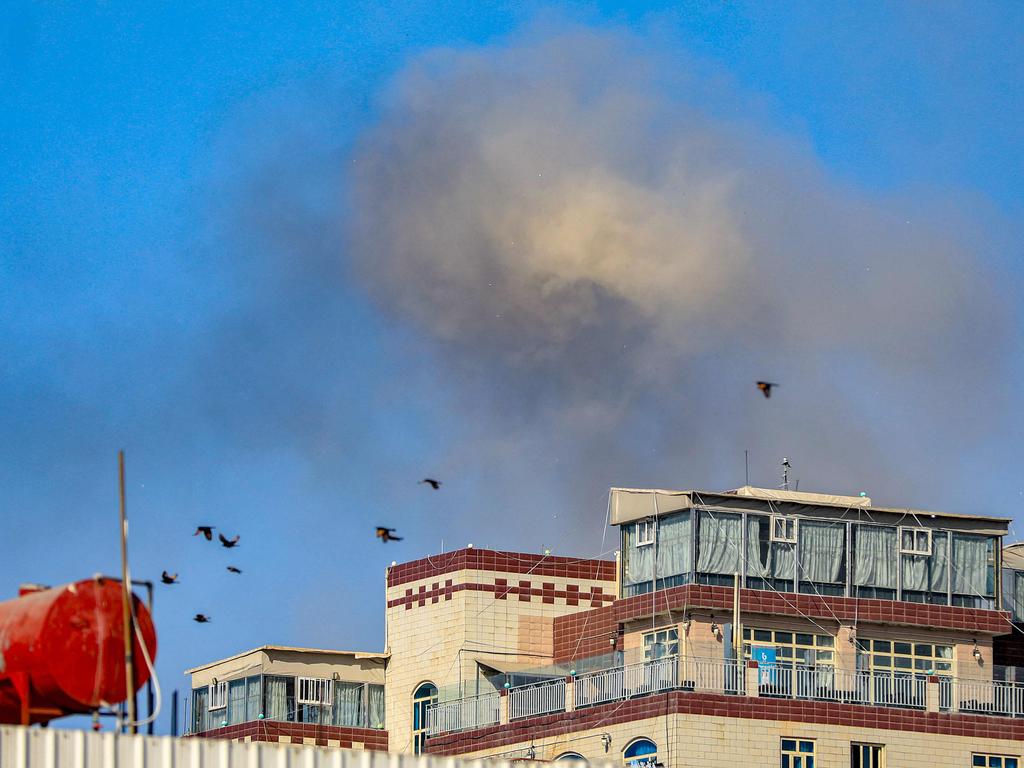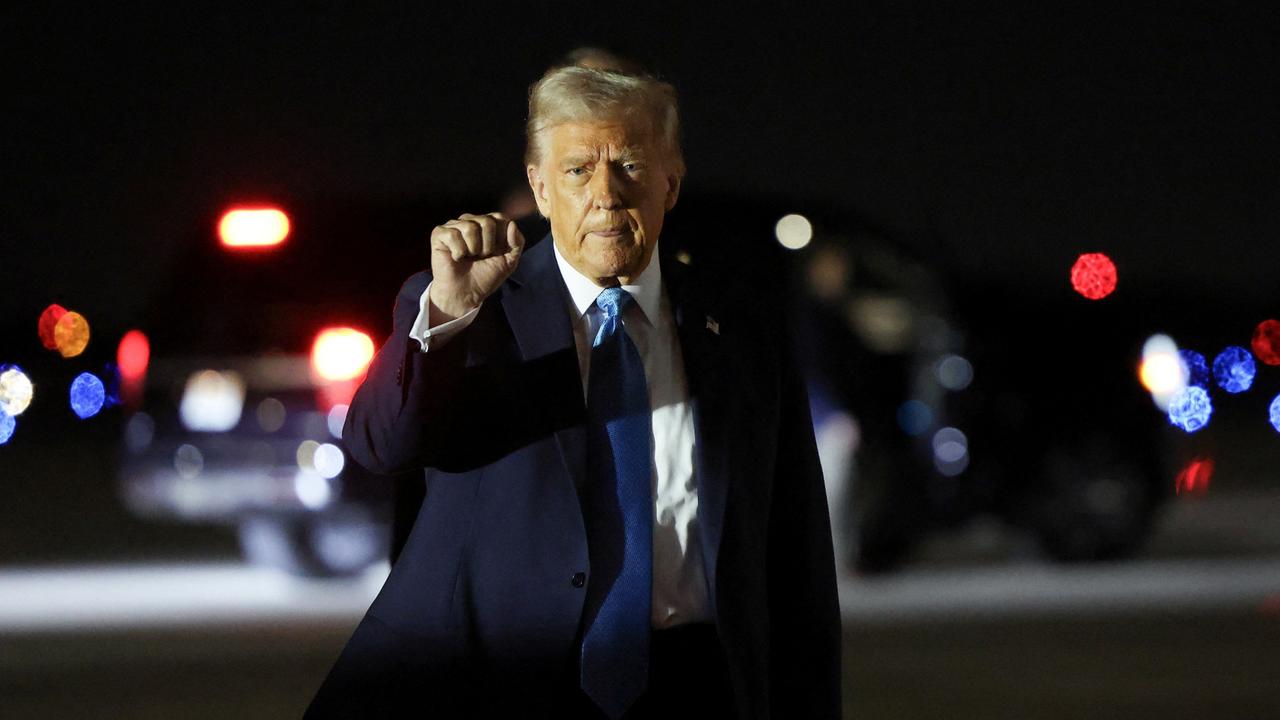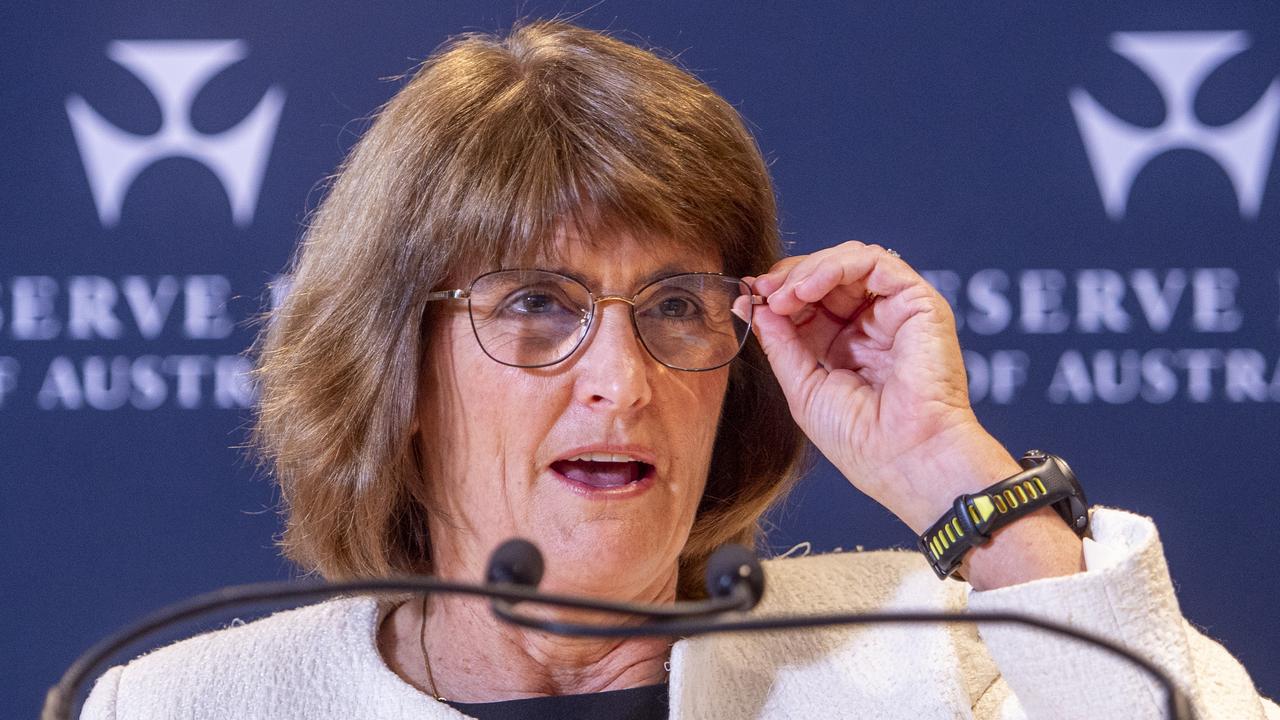Gaza ceasefire deal likely to elude Biden administration
Cease-fire talks between Hamas and Israel have hit a deadlock, in a blow to Washington, which has invested substantial amounts of time and political capital pushing fruitlessly for an agreement.
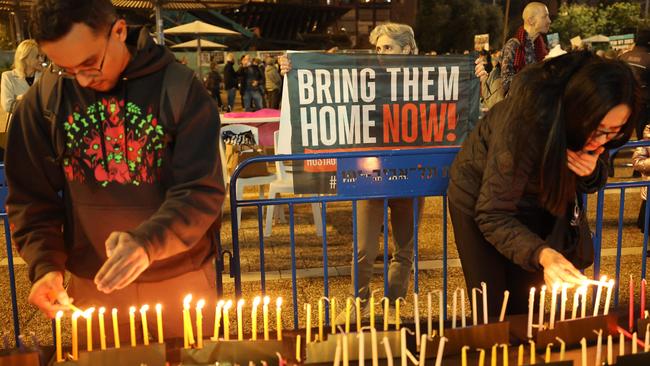
Cease-fire talks between Palestinian militant group Hamas and the Israeli government have hit an impasse in recent days, Arab mediators said, making any deal unlikely before the end of the Biden administration.
Hamas – whose fighters, along with other Palestinians, kidnapped around 250 people from Israel during the Oct. 7, 2023, attacks that also left about 1,200 people dead – renewed its insistence that Israel commit to a permanent truce, something Israel has long ruled out.
The lack of progress is a blow to the president’s team, which has invested substantial amounts of time and political capital pushing fruitlessly for an agreement. It is also a bitter disappointment to Palestinians in Gaza weary of more than a year of fighting and deprivation. They have called on social media for Hamas to accept a deal that would help end the war, even if it doesn’t achieve other goals like freeing thousands of Palestinian prisoners in Israel’s jails.
In Israel, families of the hostages are putting heavy pressure on Prime Minister Benjamin Netanyahu to strike a deal that secures their release, arguing that every day of captivity risks their lives and wellbeing.
Hopes for a deal in Gaza had risen after Lebanese militia Hezbollah acceded to a ceasefire with Israel on that front in late November. The deal left Hamas’s battered ranks isolated in their fight, and mediators hoped it could create momentum for another agreement.
Hamas at the time told mediators it was willing to defer discussion over a permanent end to the fighting in Gaza until later rounds of negotiations, raising hopes that at least some hostages could be released in exchange for a pause in hostilities.
The parties were considering a 60-day ceasefire period that would see the release of up to 30 hostages being held in Gaza, according to the mediators. In exchange, Israel would set free Palestinian prisoners and allow greater humanitarian aid to flow into Gaza, they said.
White House national security adviser Jake Sullivan, following a mid-December meeting with Mr Netanyahu in Jerusalem, said he thought a hostage release and ceasefire deal in Gaza were close.

But the talks stalled as they got deeper into the specifics, and both parties hardened their positions. Mediators said Israel insisted that it receive only living hostages in any exchange and refused to approve the release of some of the Palestinian detainees sought by Hamas, while the militant group revived its demand for a path to an end to the war.
Mr Netanyahu’s office declined a request for comment but has publicly accused Hamas of reneging on its commitments. Hamas accused Israel of changing the terms of its demands but said the negotiations, while delayed, haven’t yet failed. A State Department spokesman didn’t respond to a request for comment.
“We are continuing to work on this as hard as we can to try to get a ceasefire deal in place before we leave office,” John Kirby, a spokesman for the National Security Council, said last Friday. “It is because of Hamas throwing up obstacles or refusing to move on any of these details that we are still not at a conclusion,” he added.
A US official said the structure of a potential deal hasn’t changed since the spring, but that the most significant issue now separating the two sides is about the hostages and the prisoners.
The breakdown highlights the persistence of mistrust and gaps between the two sides despite more than a year of punishing fighting and months of effort by the US, Egypt and Qatar to bring them to an agreement. More than 45,000 people have been killed in Gaza since the Oct. 7 attacks, according to Palestinian health authorities, who don’t say how many were combatants. Fighting has continued with fierce battles recently in the northern Gaza Strip.
Arab mediators said they expect both sides to come back to the negotiating table after the new administration takes over in Washington. President-elect Donald Trump has said on Truth Social that there would be “hell to pay” in the Middle East if the hostages aren’t released before he assumes office in January.
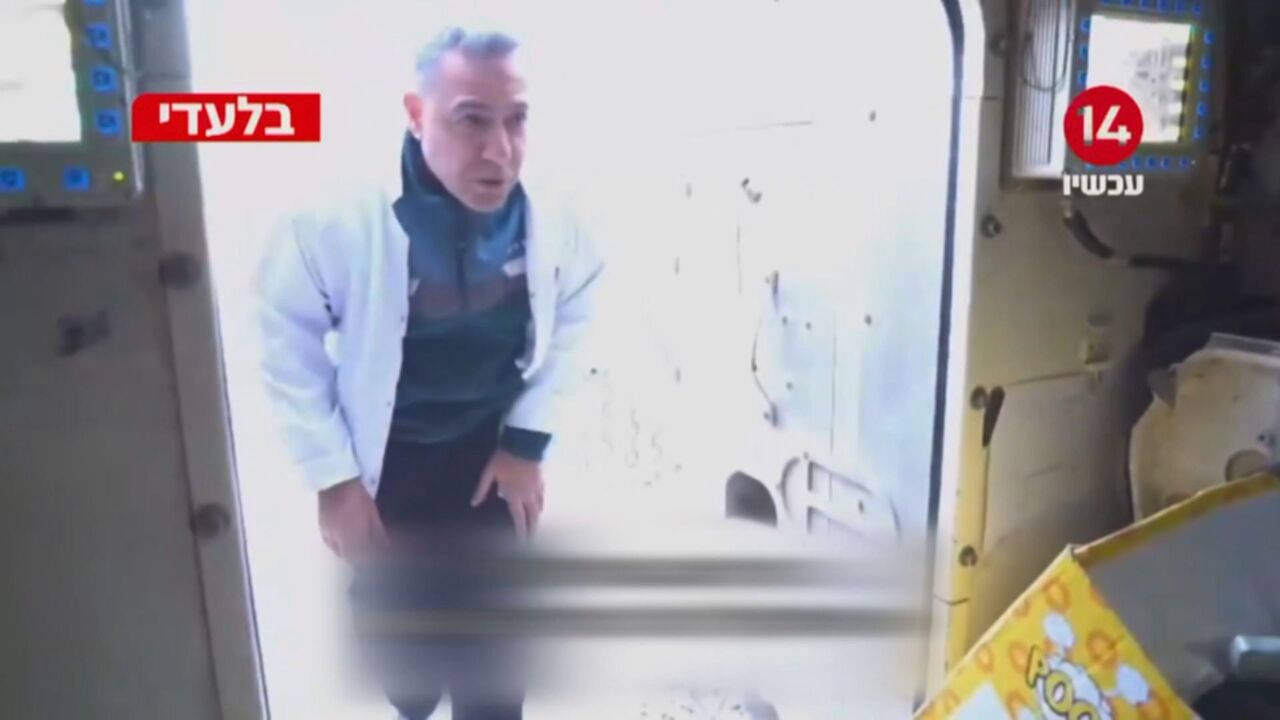
Israel says there are 96 hostages remaining in Gaza, most of them Israeli. They include dual nationals and at least 30 hostages whom Israel has concluded are no longer alive. Four additional hostages taken before Oct. 7, 2023, bring the total to 100.
Hamas has so far failed to present mediators with a full list of the hostages, saying it needed more time and a pause in fighting to confirm their locations and conditions.
In October, Israel killed Yahya Sinwar, the Hamas leader who had insisted that a deal must include a complete end to the war and the withdrawal of all Israeli forces from Gaza. Hamas is now run by a collective leadership, including officials from the Palestinian diaspora, people familiar with the matter say, until a successor to Sinwar is chosen.
The militant group is now demanding guarantees from the U.S., Qatar and Egypt that negotiations for a permanent ceasefire and full withdrawal of Israeli forces from Gaza would continue after the initial deal is completed, the mediators said.
Most of Gaza’s pre-war population of 2.2 million has been displaced by the war, with many people living in makeshift tent encampments near the seaside in southern Gaza. With temperatures falling and back-to-back storms hitting the enclave, Gazans say conditions in the encampments are increasingly harsh.
Dow Jones

